The Burnham Institute was named to honor the generosity of Roberta and Malin Burnham and their family
In 1996, the Burnham Institute was named to honor the generosity of Roberta and Malin Burnham and their…
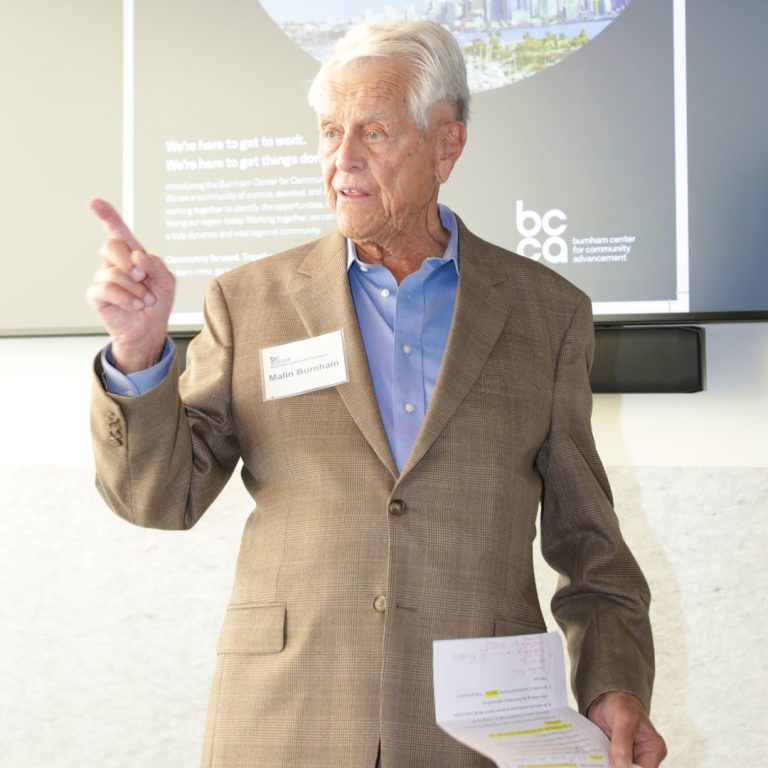
In 1996, the Burnham Institute was named to honor the generosity of Roberta and Malin Burnham and their…
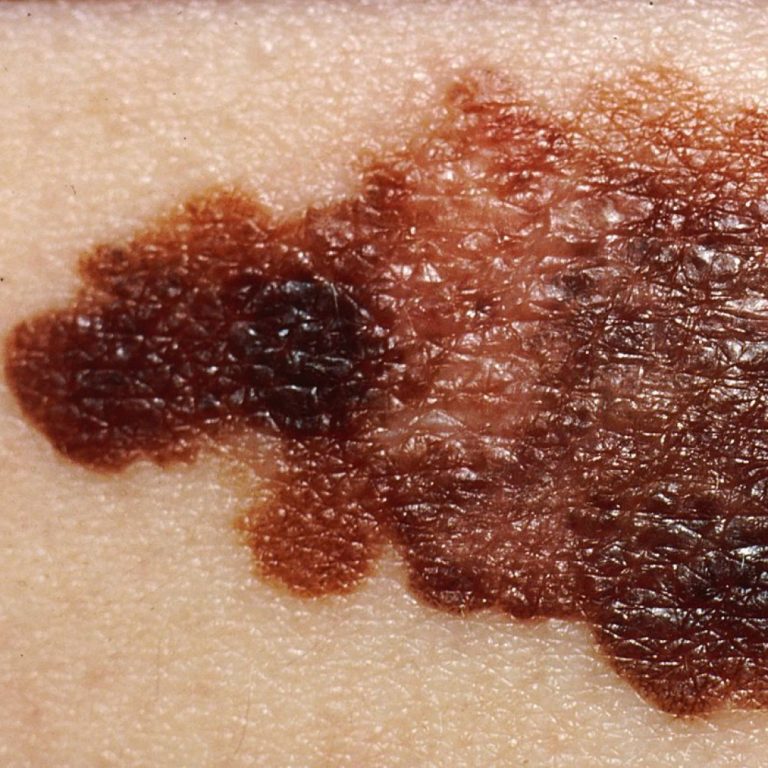
In 1996, Stanford Medicine developmental biologist Matthew Scott and a team at University of California, San Francisco discovered…
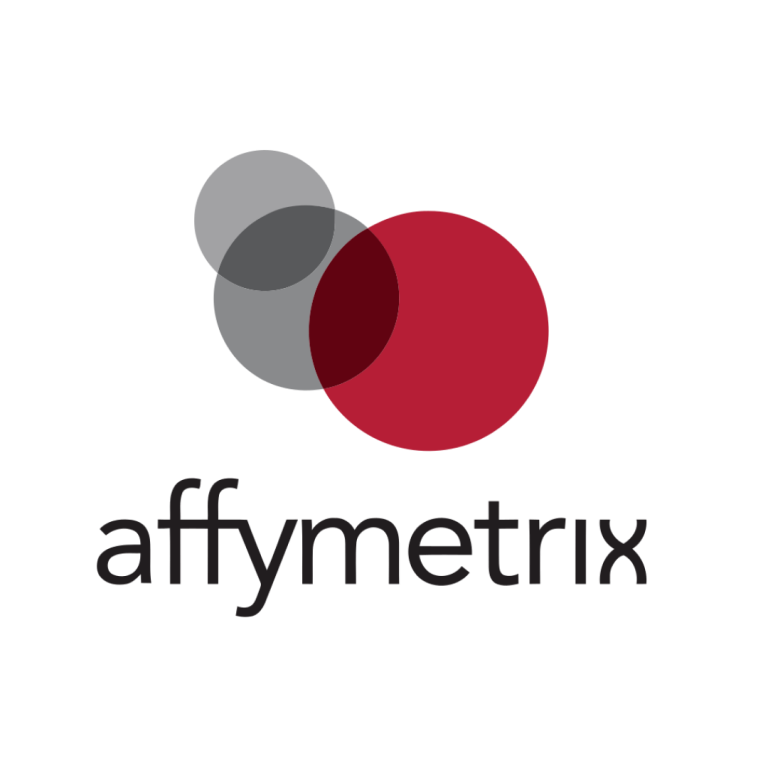
On Dec. 11, 1996, scientists from Stanford University and Affymetrix announced a new high-tech method that used a…

In 1996, the Skaggs Institute for Chemical Biology was established at The Scripps Research Institute, thanks to a…
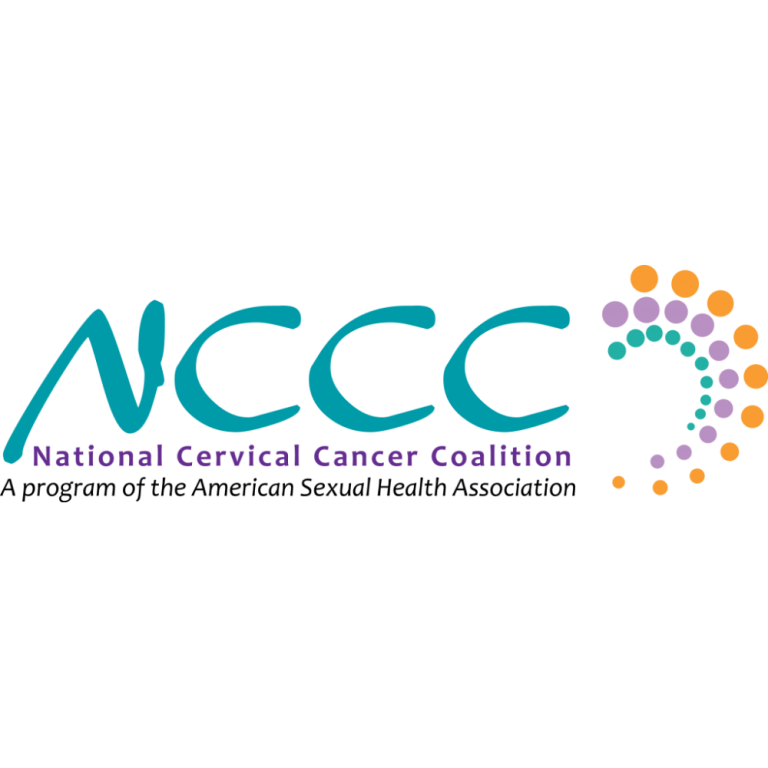
In 1996, the National Cervical Cancer Coalition (NCCC), a growing coalition of people battling cervical cancer and HPV…

In 1996, the U.S. Centers for Disease Control and Prevention (CDC) launched PulseNet, a national network of laboratories,…

In 1996, the University of Hawaii Cancer Center (UH) received National Cancer Institute (NCI)-designation, an honor it has…
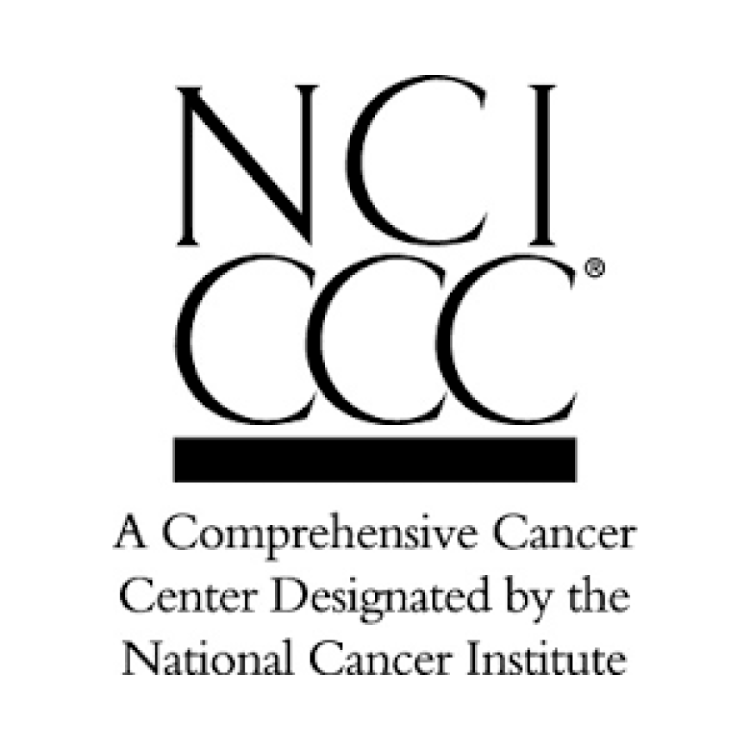
In 1996, the University of Maryland Cancer Center was renamed Marlene and Stewart Greenebaum Comprehensive Cancer Center. In…
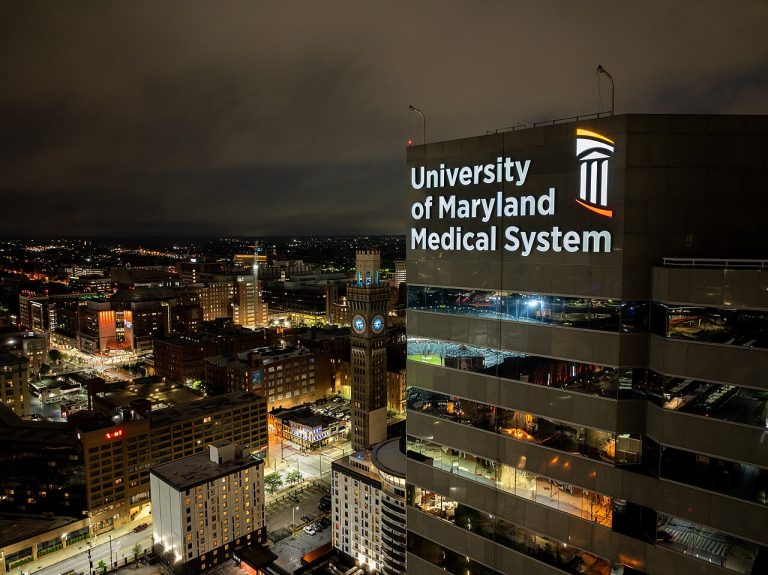
In 1996, the University of Maryland cancer programs moved to a private facility and renamed the University of…
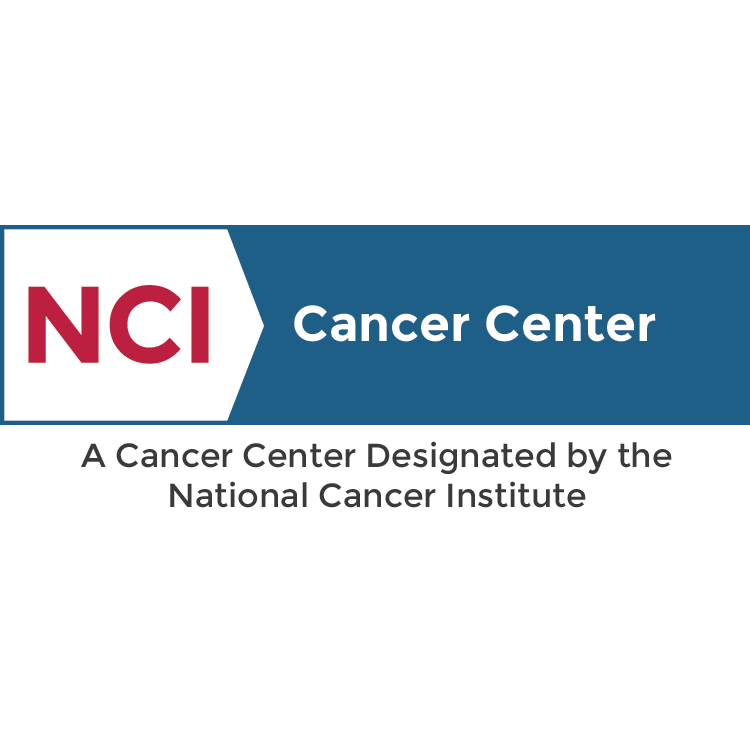
In 1996, the Sidney Kimmel Cancer Center (SKCC) at Johns Hopkins University received National Cancer Institutes (NCI). The…
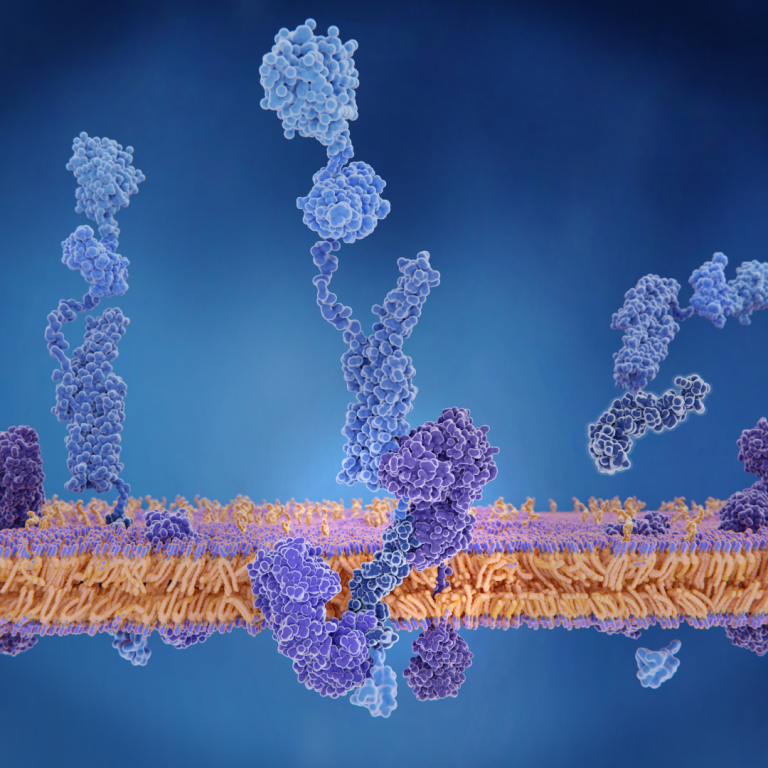
In 1996, the first genetically engineered mouse model showing amyloid plaques and dysfunctional learning and memory found in…
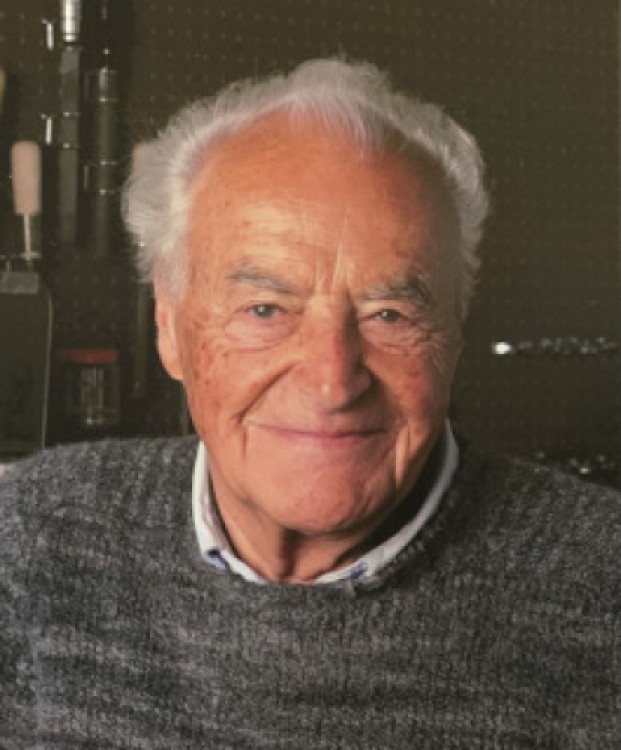
In 1996, Kurt Amplatz performed one of the first percutaneous catheterization of the heart. Amplatz, M.D., who was…

In 1996, The Sioux Valley Health System, now known as Sanford Health, was founded. In 2007, the Sioux…
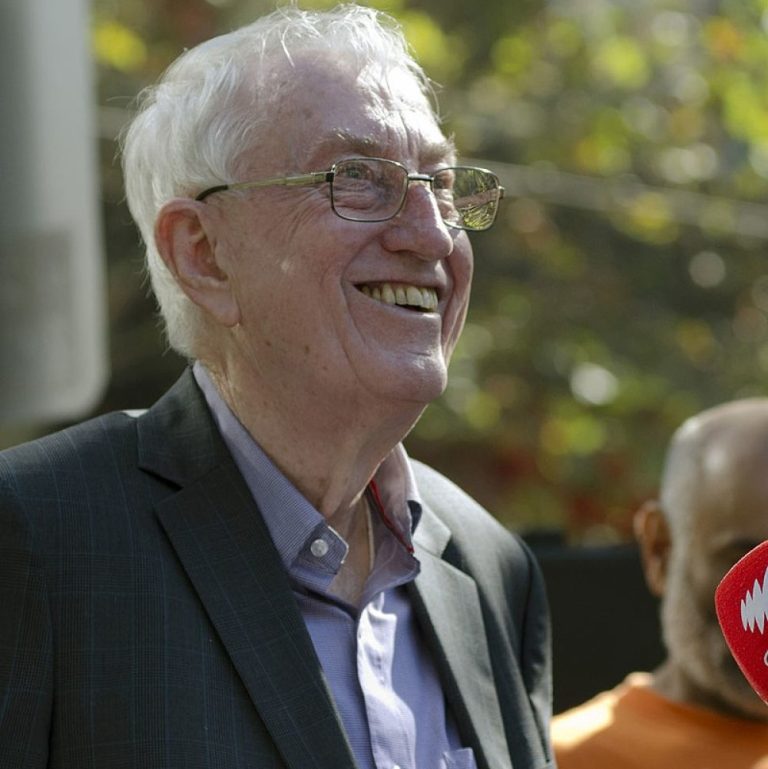
In 1996, the Nobel Prize in Physiology or Medicine 1996 was awarded jointly to St. Jude’s Peter C….

In 1996, the Nobel Laureate in Chemistry was awarded jointly to Rice University professors Richard Smalley, Robert Curl…
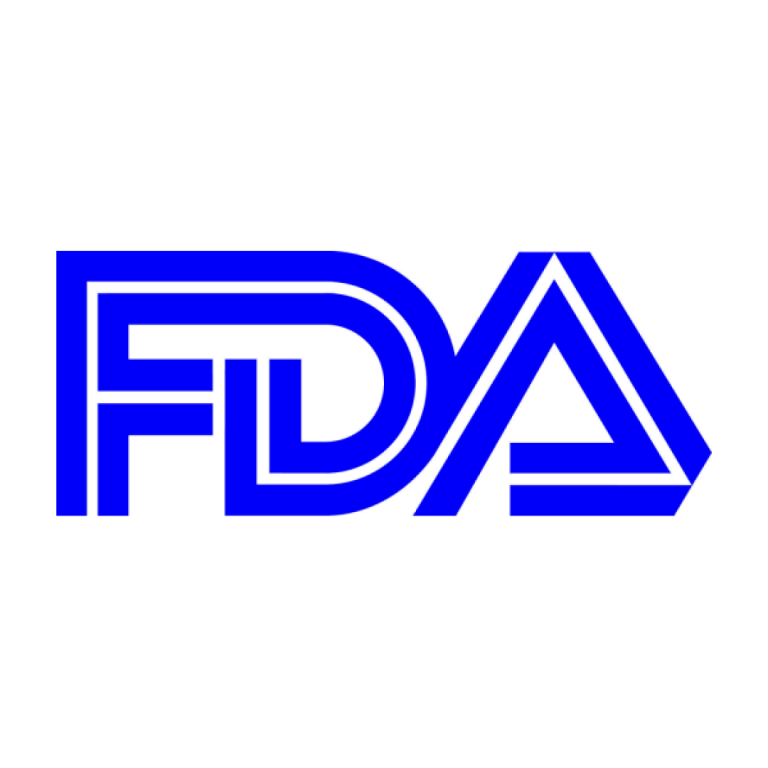
On Dec. 29, 1995, the Genentech drug Nutropin AQ ((somatropin) injection for subcutaneous use) was approved by the…

On Dec. 9, 1995, the U.S. Food and Drug Administration (FDA) approved tretinoin, a differentiating agent related to…

On Aug. 1, 1985, Richard D. Klausner became the eleventh director of the National Cancer Institute, serving until…
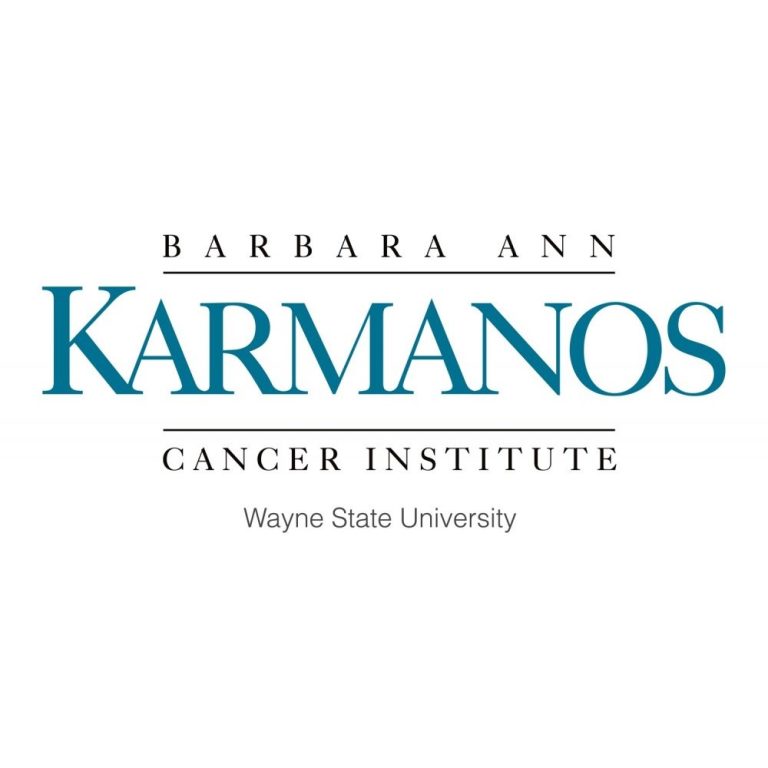
On Jul. 30, 1995, Peter Karmanos generously gave a large donation to the cancer research, patient care and…
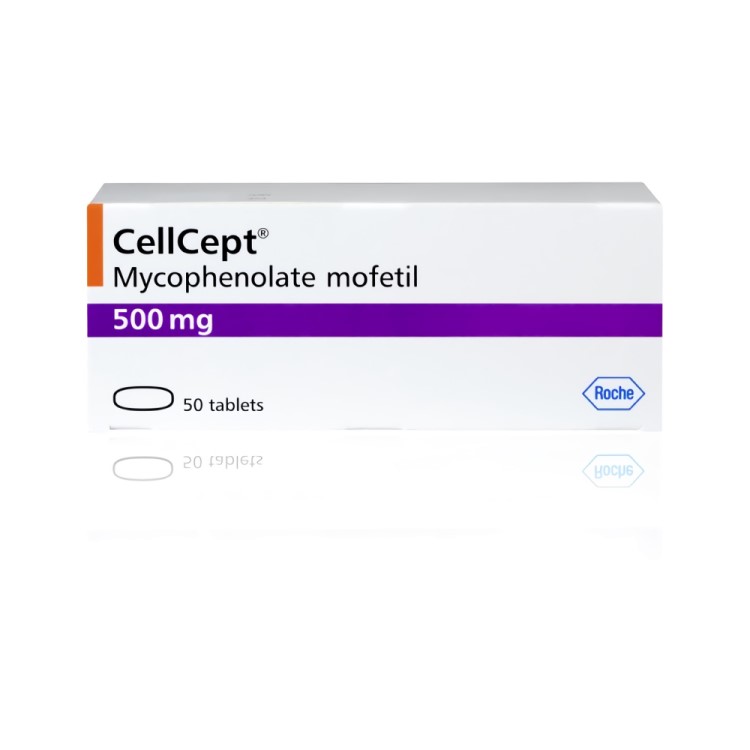
On May 3, 1995, the U.S. Food & Drug Administration (FDA) announced it had approved Genentech’s drug CellCept…
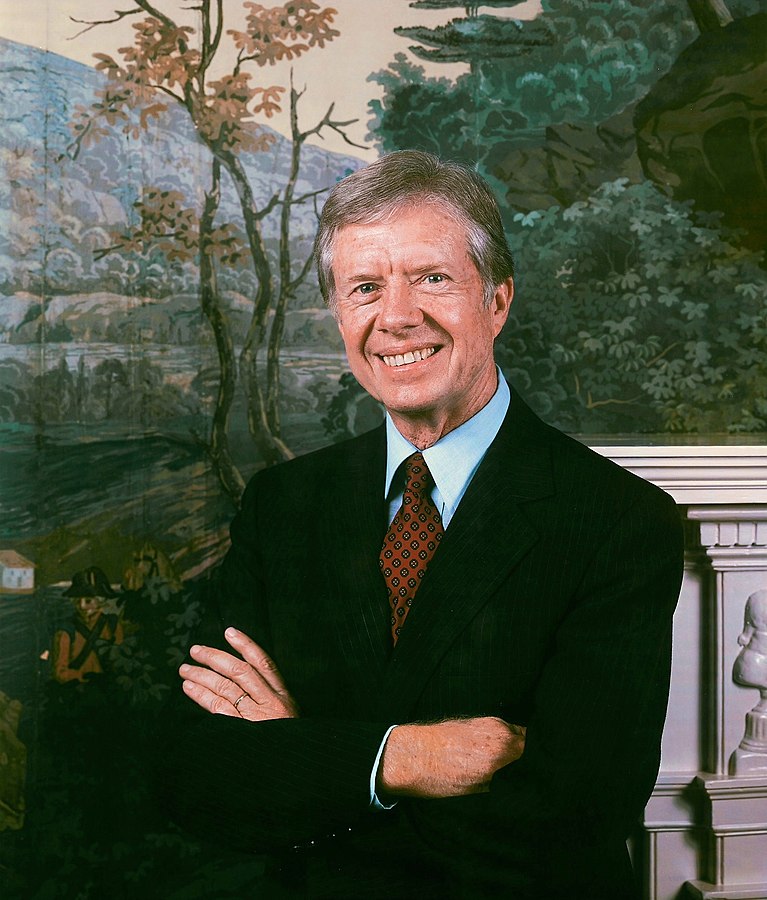
On Mar. 27, 1995, former U.S. President Jimmy Carter brokered a six-month cease-fire in Sudan to help eradicate…
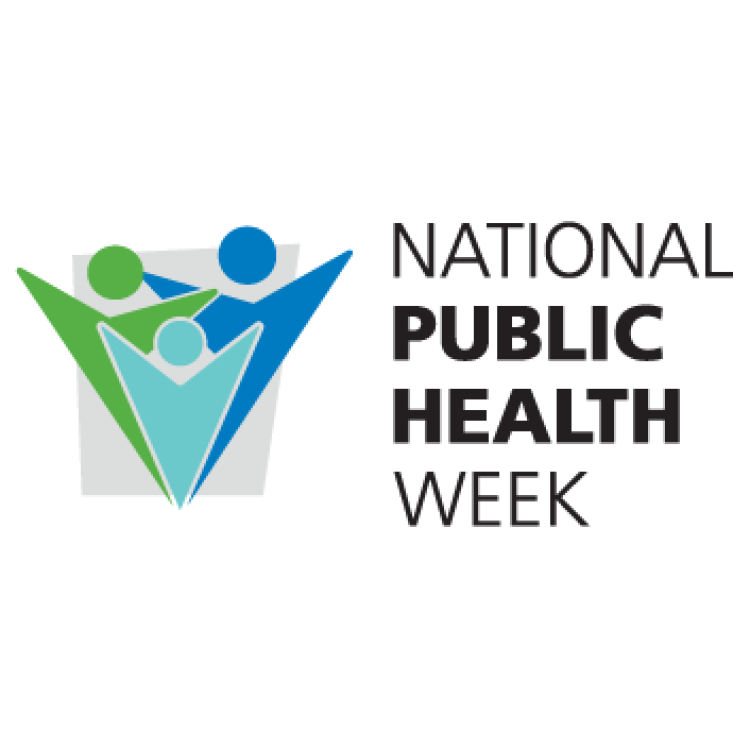
In 1995, President Bill Clinton proclaimed the first full week of April as National Public Health Week (NPHW)….
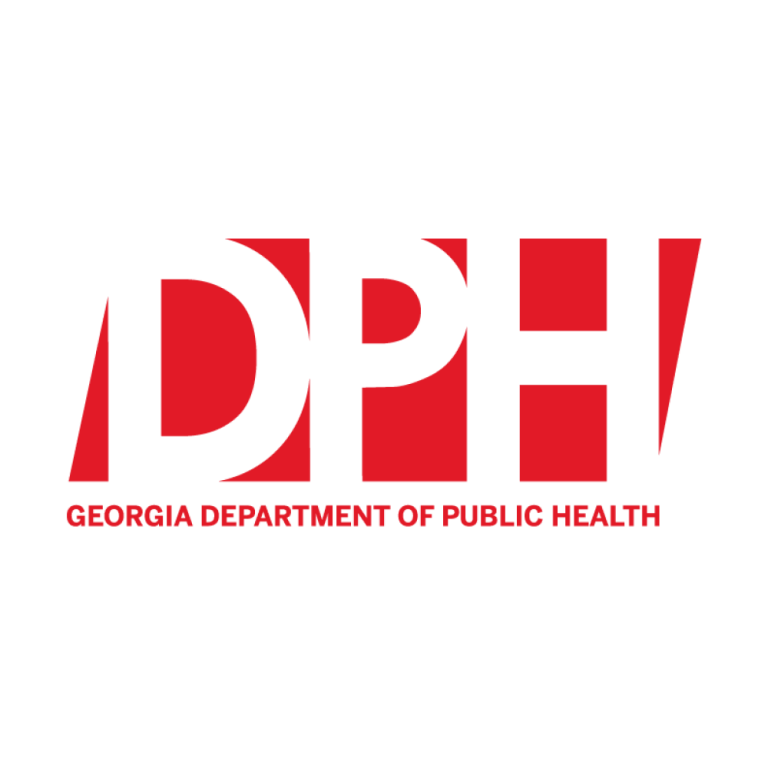
On Jan. 1, 1995, Georgia’s Comprehensive Cancer Registry was established. The Registry became gold certified in 2002 following…
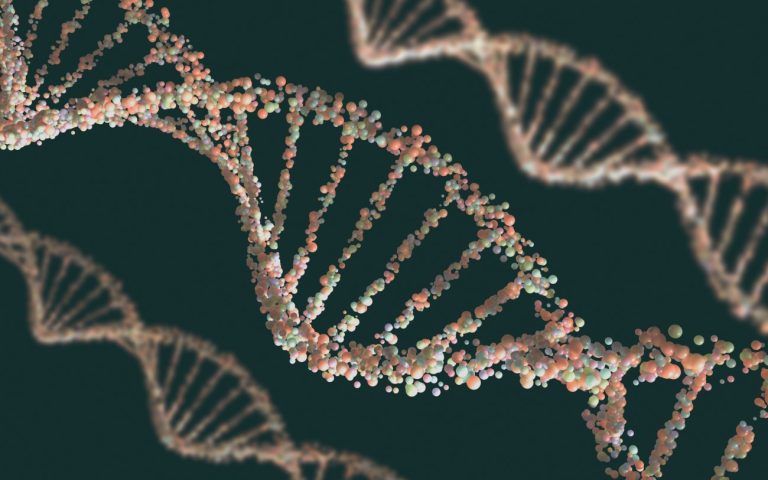
In 1995, The BRCA2 gene was mapped to chromosomal 13q. Just fifteen months later, Wooster et al. reported…
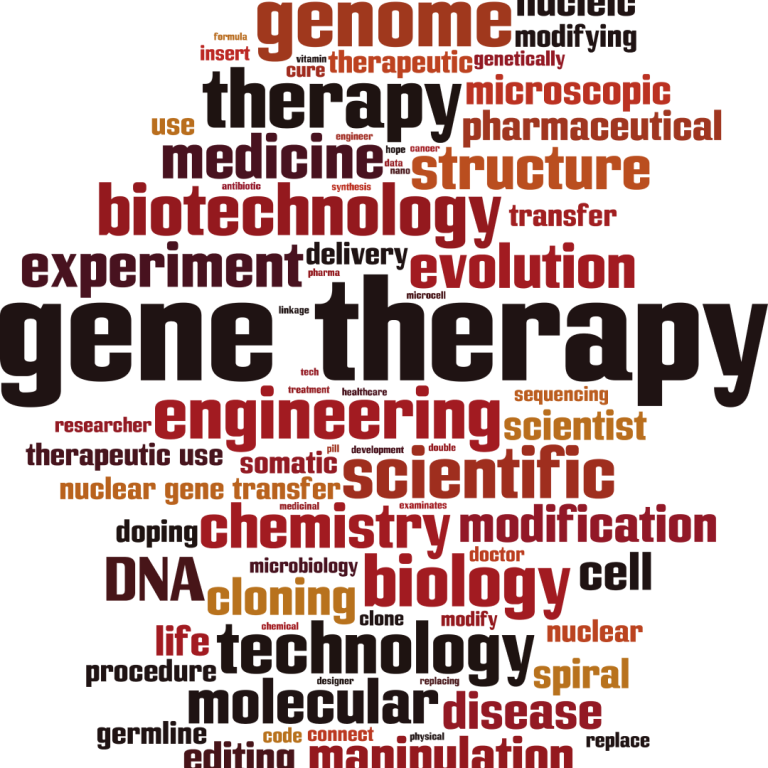
In 1995, Gene therapy, immune-system modulation and recombinantly produced antibodies enter the clinic in the war against cancer….
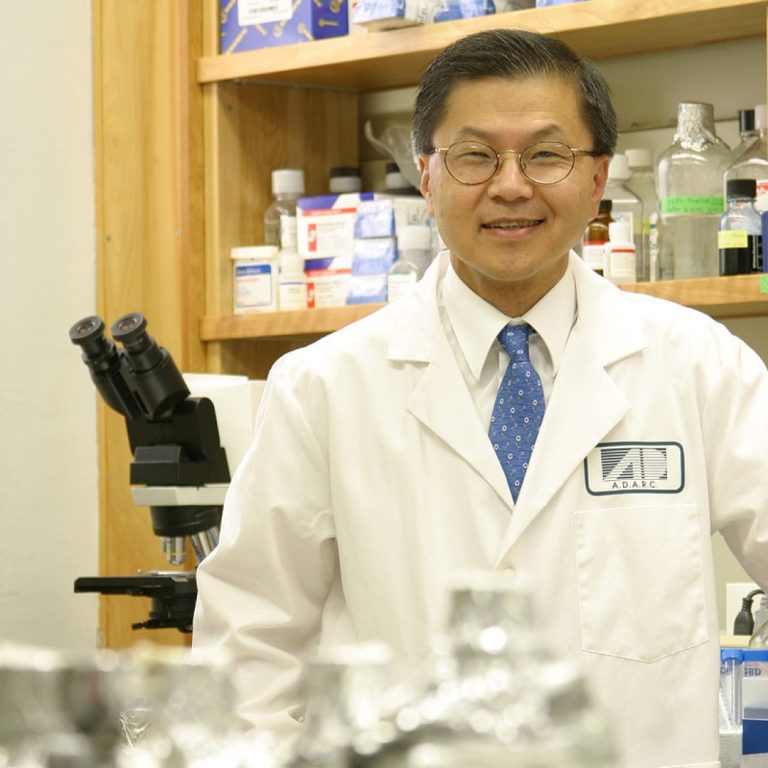
In 1995, AIDS researcher David D. Ho from the The Rockefeller University unlocked HIV replication that led to…
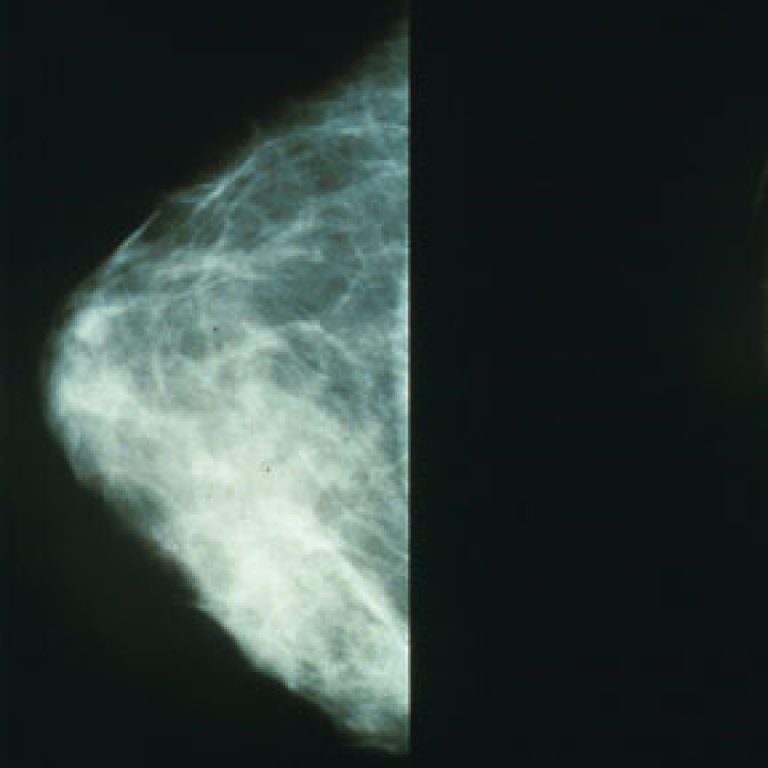
In 1995, scientists cloned the tumor suppressor genes BRCA1 and BRCA2, inherited genetic mutations that can predict an…
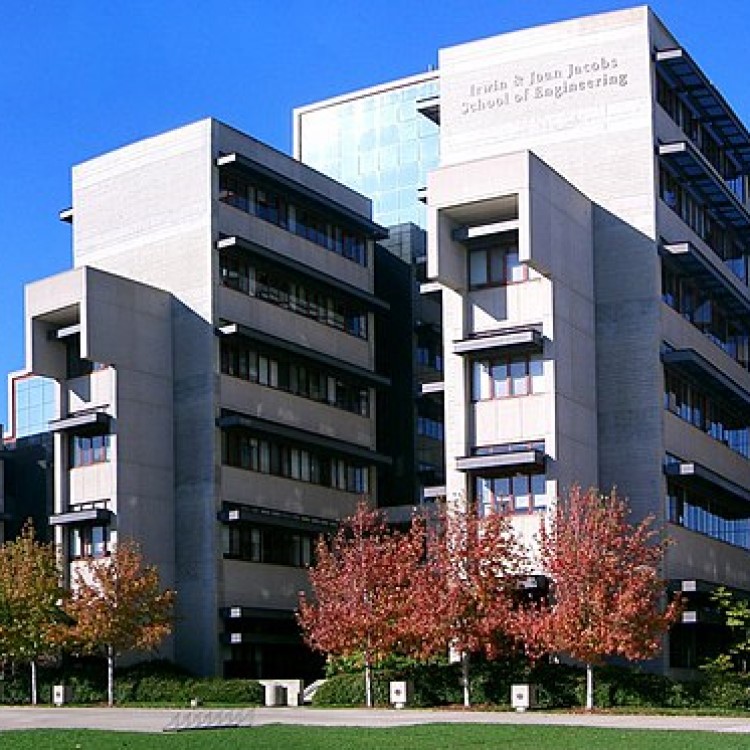
In 1995, the first department of bioengineering in the U.S. was established at the University of California, San…
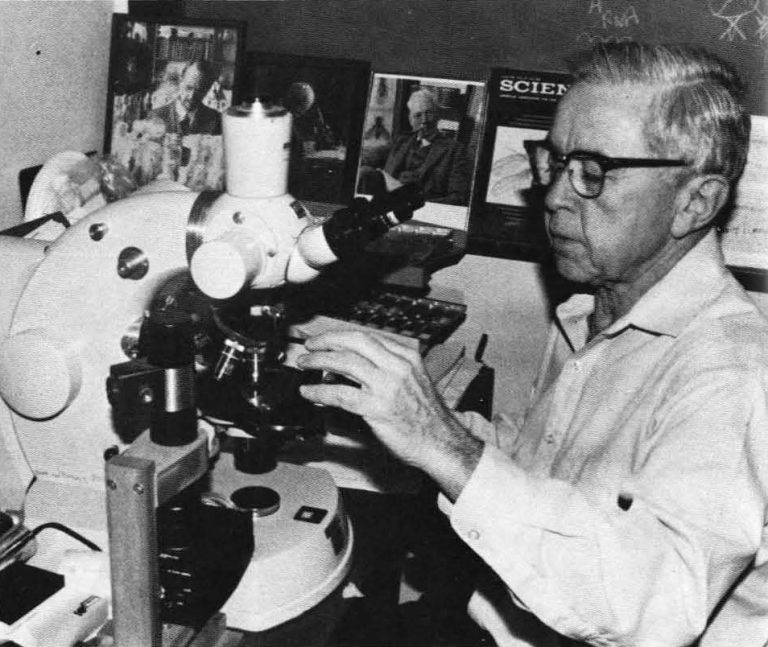
In 1995, Edward B. Lewis, Caltech graduate (Ph.D. 1942) and former faculty member, was awarded the Nobel Prize…
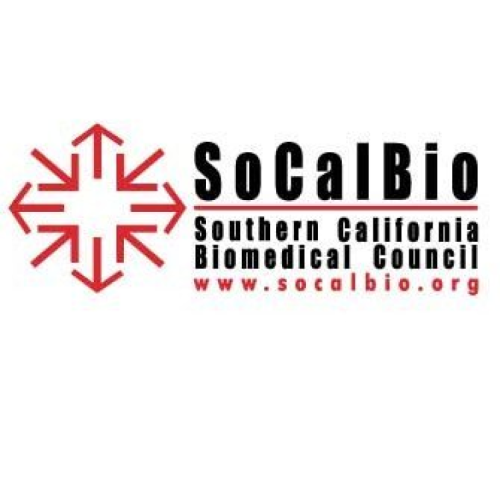
In 1995, Southern California Biomedical Council (SCBC), was founded with support from Rebuild LA (RLA) under its second…